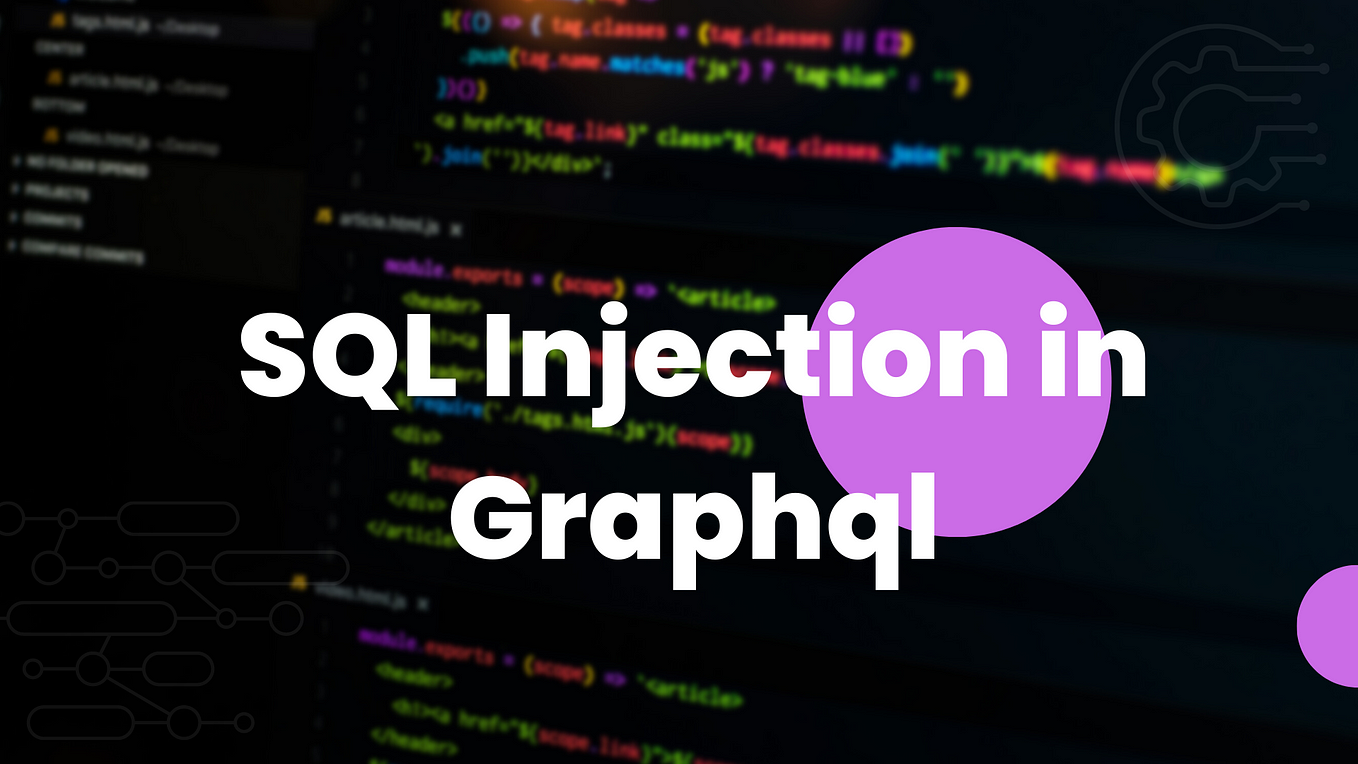Mastering the Realm of GraphQL Exploitation
In recent years, GraphQL has emerged as a powerful and flexible alternative to traditional REST APIs. Its ability to allow clients to specify the data they need from the server has made it increasingly popular among developers. However, with this flexibility comes the responsibility to ensure the security of GraphQL implementations.
In this comprehensive guide, we will delve deep into the world of GraphQL exploitation, exploring advanced techniques, security vulnerabilities, and best practices to secure your GraphQL applications. Whether you are a seasoned developer or a security enthusiast, this article will equip you with the knowledge and tools needed to master the realm of GraphQL exploitation.
What is GraphQL?
GraphQL is a query language for APIs developed by Facebook in 2012 and later open-sourced in 2015. It allows clients to specify precisely the data they need from the server, eliminating the problem of over-fetching and under-fetching data commonly encountered in REST APIs. GraphQL operates on a single endpoint, making it more efficient and flexible.
The Advantages of GraphQL
- Efficiency and Flexibility: With GraphQL, clients can request specific data structures, reducing the amount of data transferred over the network and improving application performance.
- Versioning Made Easy: GraphQL eliminates the need for versioning endpoints as clients can request only the data they need, even if the underlying data schema changes.
- Introspection: GraphQL APIs are self-documenting, enabling developers to explore the schema and discover available data and operations.
Understanding GraphQL Schema
The GraphQL schema defines the data structure and operations that clients can perform on the server. It consists of types, queries, and mutations. Types represent the objects in the system, queries allow clients to read data, and mutations enable clients to modify data.
Exploiting GraphQL: Common Vulnerabilities
- Over-fetching and Under-fetching: Despite GraphQL’s efficiency, developers may inadvertently create queries that fetch more data than necessary (over-fetching) or fail to retrieve all required data (under-fetching).
- Excessive Data Exposure: GraphQL queries can return sensitive information. Misconfigured queries may expose data such as user credentials or personal details.
- Denial of Service (DoS) Attacks: Malicious actors can execute complex and resource-intensive queries, leading to DoS attacks on GraphQL endpoints.
Best Practices for Securing GraphQL
- Implement Proper Authentication and Authorization: Ensure that only authenticated users have access to sensitive data and actions. Use authorization mechanisms to restrict access based on user roles.
- Limit Query Depth and Complexity: Restrict the depth and complexity of GraphQL queries to prevent DoS attacks. Tools like
graphql-depth-limitcan be helpful. - Sanitize User Input: Prevent injection attacks by sanitizing user inputs. Avoid using raw user input directly in queries.
Real-World Examples of GraphQL Exploitation
- SQL Injection via GraphQL: One of the most common vulnerabilities in GraphQL is SQL injection. Attackers can manipulate GraphQL queries to inject malicious SQL code, gaining unauthorized access to databases.
- Enumeration Attacks: Attackers may exploit error messages and response times to gather information about the underlying schema and data.
- Insecure Direct Object References (IDOR): Improperly implemented authorization can lead to IDOR attacks, allowing attackers to access resources they are not authorized to view.
Securing GraphQL with Authentication
GraphQL supports various authentication methods, including JWT (JSON Web Tokens) and OAuth. By implementing strong authentication mechanisms, developers can prevent unauthorized access to sensitive data.
The Role of Rate Limiting
Rate limiting is crucial to protect GraphQL APIs from DoS attacks. By imposing limits on the number of requests per unit of time, developers can ensure fair usage of resources.
Conclusion
Mastering the Realm of GraphQL Exploitation is a critical skill for developers and security enthusiasts in the modern digital landscape. As the adoption of GraphQL continues to grow, it becomes imperative to understand the potential security risks and best practices for protecting applications.
By following the guidelines and best practices outlined in this comprehensive guide, developers can build robust and secure GraphQL APIs, safeguarding sensitive data and ensuring the smooth functioning of their applications.
FAQs:
Q: What is GraphQL, and why is it popular?
GraphQL is a query language for APIs that allows clients to specify the data they need from the server. It has gained popularity due to its efficiency, flexibility, and ability to eliminate over-fetching and under-fetching of data.
Q: What are the common vulnerabilities in GraphQL?
Common vulnerabilities in GraphQL include over-fetching and under-fetching, excessive data exposure, and denial of service (DoS) attacks.
Q: How can I secure my GraphQL applications?
To secure GraphQL applications, you should implement proper authentication and authorization, limit query depth and complexity, and sanitize user input to prevent injection attacks.
Q: What are some real-world examples of GraphQL exploitation?
Real-world examples of GraphQL exploitation include SQL injection, enumeration attacks, and insecure direct object references (IDOR).
Q: What authentication methods does GraphQL support?
GraphQL supports various authentication methods, including JWT (JSON Web Tokens) and OAuth.
Q: How does rate limiting help protect GraphQL APIs?
Rate limiting helps protect GraphQL APIs from DoS attacks by imposing limits on the number of requests per unit of time, ensuring fair resource usage.





